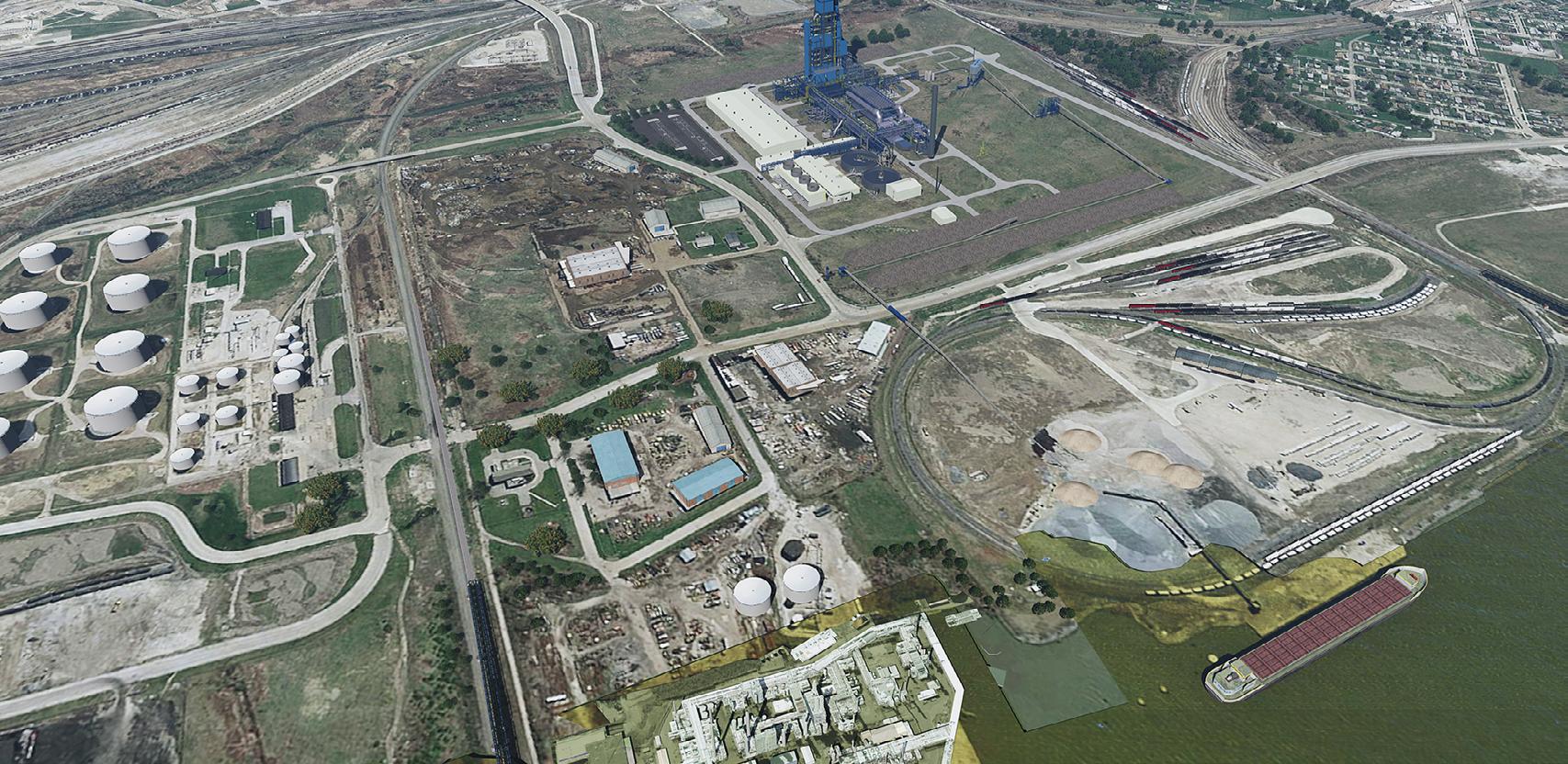
3 minute read
MINING INDUSTRY SHIPPING
Cleveland-Cliffs’ Year of Great Expectations
Charging a premium to reflect lower transportation costs explains the continuous profits made by Cleveland-Cliffs over the past couple of years. However, these gains were quickly eaten up by expenses. This is just another component of the business where Cleveland-Cliffs' direction changed things considerably.
In less than five decades, the comp any trimm ed its debt bu rden by over half and carried a signif
icant qu antity of m oney on the balance sheet.
There are two things to keep in mind here. First, the cyclical nature enables companies to always trade at a discount in the market. Purchasing in the middle of a commodity boom makes money disappear faster than any other approach. Second, the rise in steel tariffs makes way for a possible increase in the overall demand and prices even if those tariffs were to go away. Despite these modifications, Cleveland-Cliffs’ stocks continue to trade as though nothing has changed. Investors are waiting for Wall Street to catch up and begin evaluating this inventory in its current state. Will 2019 be the year this happens? Let us dive deep into what’s working in favour and against Cleveland-Cliffs, and if its stock is worth a purchase today.
The price of iron ore started declining in 2010 when the Chinese commodity boom began to wane. To make things worse, the Cleveland-Cliffs’ management made certain business decisions to acquire questionable assets.
Iron ore is a relatively inexpensive product on foundation, but its weight and transportation costs cannot be neglected. With mines in the U.S. that produce a quality grade of iron ore comparatively close to facilities of need, Cleveland-Cliffs is able to realize higher costs per ton sold to an identical ore coming from places like Brazil.
Additionally, it only signs contracts with customers that guarantee consistent volumes. This indicates that what's under the hood in Cleveland-Cliffs is vastly different from the way things were prior to the new management team taking over. But despite the motor tune-up, it still remains an ugly
investment on the outside. Iron ore is a commodity business in which demand and prices are incredibly sensitive to economic cycles.
With a bloated balance sheet and an unprofitable business, the CEO of Cleveland-Clifs, Goncalves and his leadership team decided to clean the house.
After years of trimming the balance sheet, shuttering resources and advertising, the company is back on its feet. Its net debt is less than half of what it once was, and focusing on its high-margin operations in the U.S. has restored profitability.The debate for Cleveland-Cliffs is two-fold. Firstly,
Equipping the mining industry with legal services since 1893.
· Mineral purchase agreements, leases and options · Land assembly and
mineral rights acquisition · Severed mineral registration and title work · Environmental permitting and compliance

›› Paul Kilgore ›› Paul Loraas ° MINING & MINERALS LAW °
the rapid changes made over time are enough to confirm that the company is in great shape to handle the ups and downs of this commodity cycle. Secondly, the inventory is incredibly cheap at the moment with definite stock value despite a potential decline in the iron ore industry.
Today, its shares trade in 2.7 times the earnings, and the management's forecast for 2019 gives a positive outlook for the price of high-quality iron ore pellets.
The company will still have the ability to report a small profit despite missing these forecasts by a considerable sum. A combination of focused operations on its profitable U.S. company and a complete cleanup of the balance sheet has done wonders to Cleveland-Cliffs' income statement. Today, Cleveland-Cliffs’ business looks like what it was a couple of years ago.
Instead of resources in multiple nations and investments in iron ore, metallurgical coal, and alloys commonly used in the steelmaking process, the company has shifted focus to its core activity: producing iron ore from the U.S. to market to local steelmakers.
Even the company's name was changed in 2017 to reflect this focus.
IRON ORE PRICE REPORT NORTH AMERICAN MARKET (LTU) Company Ore Type Per Iron Unit Per Gross Ton at 64% Per Ton at 64% Reporting Date Cleveland-Cliffs Inc. Pellets, FOB Michigan Mines $1.28 $81.92 12/31/17 Cleveland-Cliffs Inc. Pellets, FOB Minnesota Upper Lakes Port $1.42 $90.88 12/31/17 Source: CLEVELAND-CLIFFS INC.


(800) 496-6789 or fryberger.com










